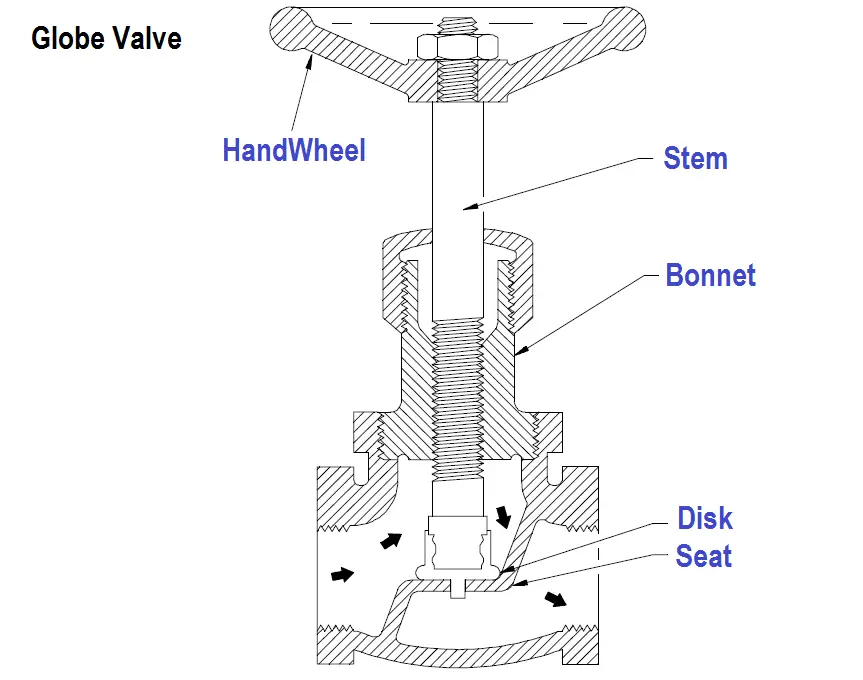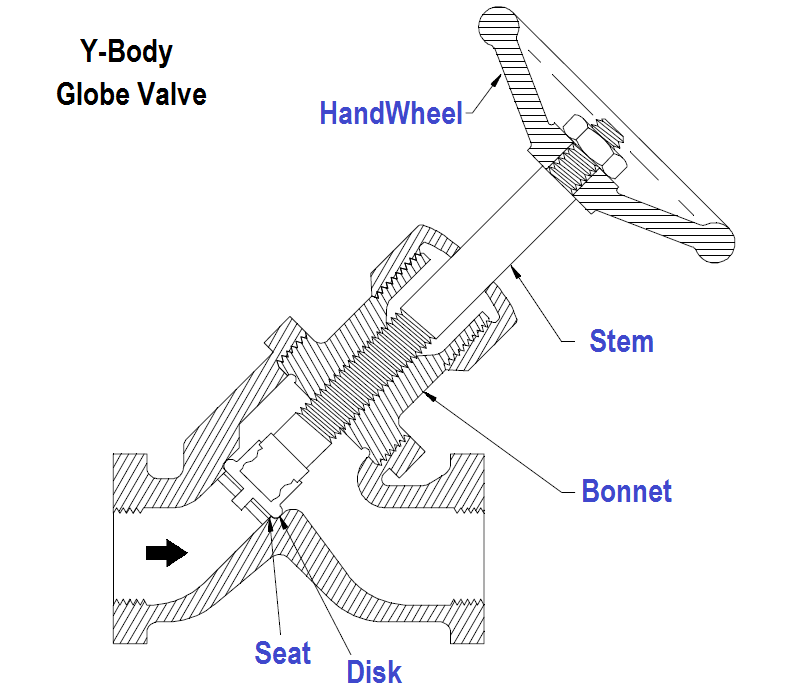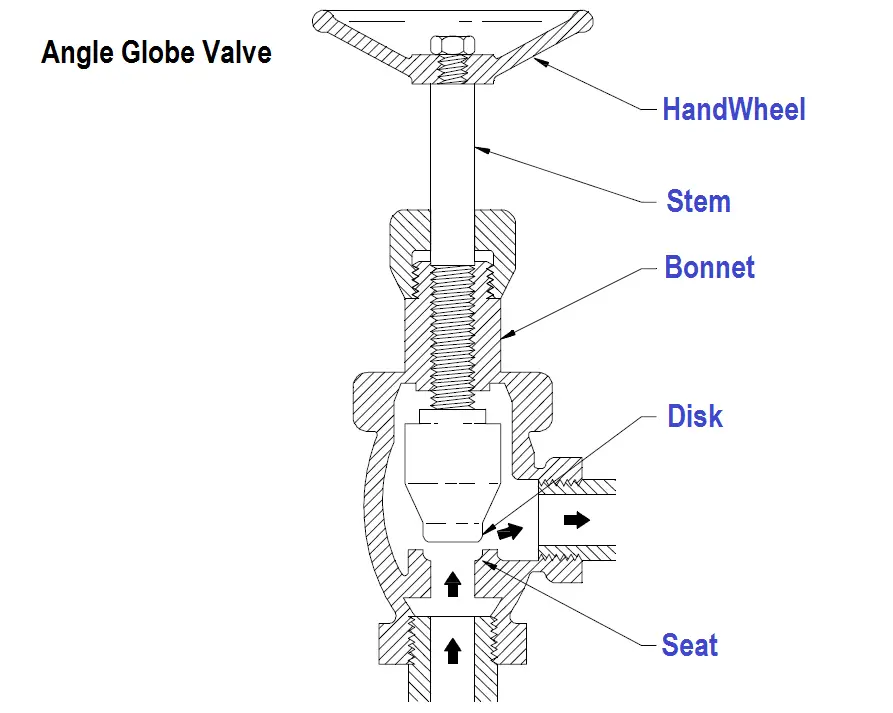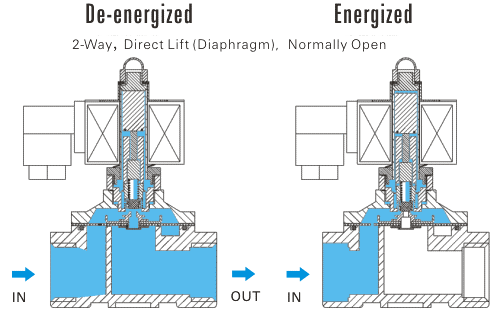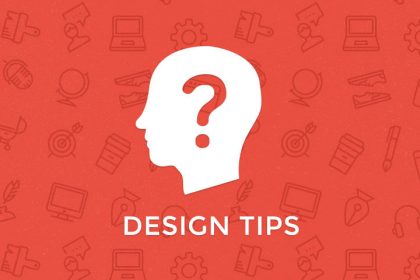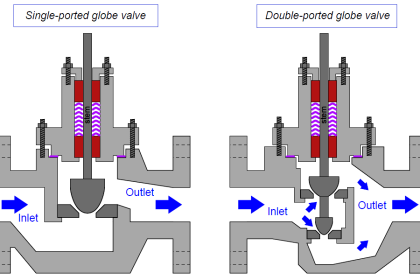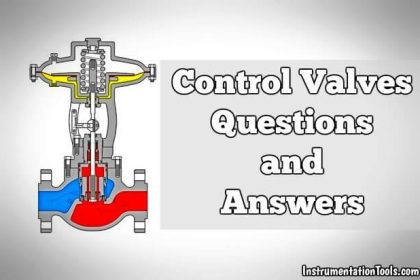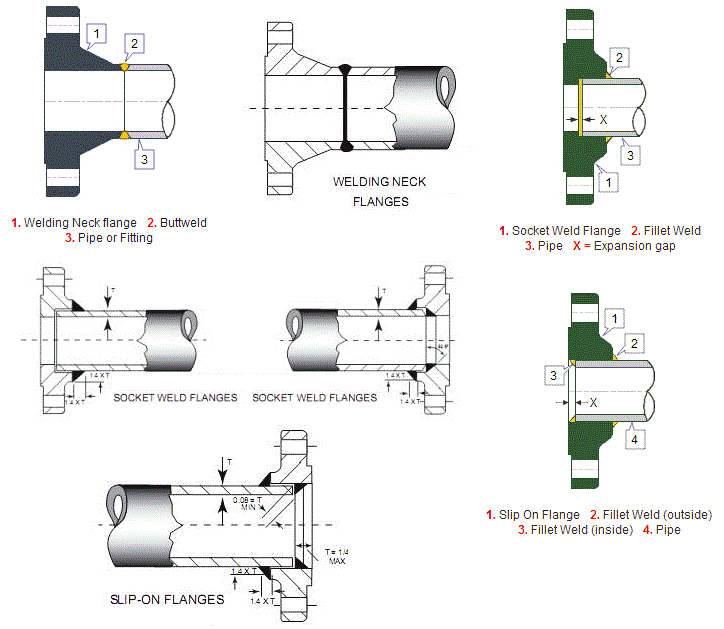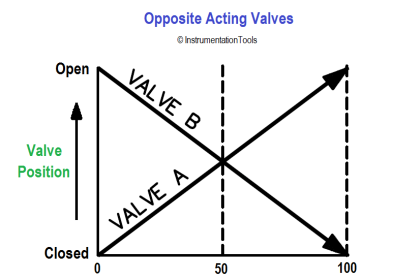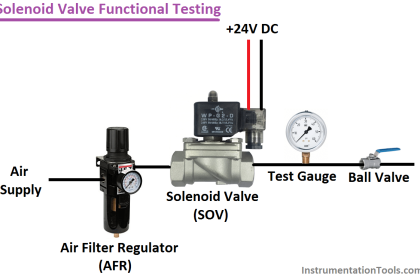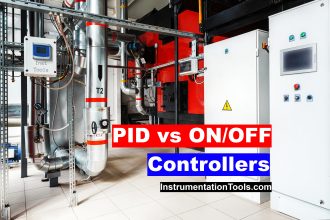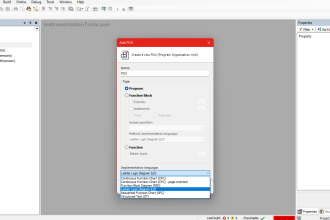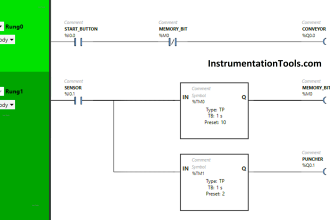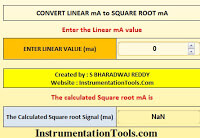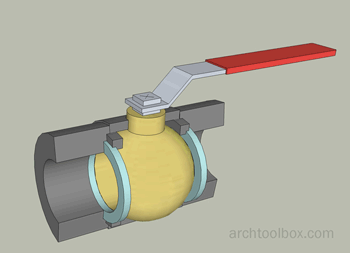Globe Valve Body Design
The three primary body designs for globe valves are
- Z-body,
- Y-body, and
- Angle.
Z-Body Design
The simplest design and most common for water applications is the Z-body.
The Z-body is illustrated in below Figure.
Figure : Z-Body Globe Valve
For this body design, the Z-shaped diaphragm or partition across the globular body contains the seat. The horizontal setting of the seat allows the stem and disk to travel at right angles to the pipe axis.
The stem passes through the bonnet which is attached to a large opening at the top of the valve body. This provides a symmetrical form that simplifies manufacture, installation, and repair.
Y-Body Design
Below Figure illustrates a typical Y-body globe valve. This design is a remedy for the high pressure drop inherent in globe valves. The seat and stem are angled at approximately 45°.
The angle yields a straighter flowpath (at full opening) and provides the stem, bonnet, and packing a relatively pressure resistant envelope.
Figure : Y-Body Globe Valve
Y-body globe valves are best suited for high pressure and other severe services. In small sizes for intermittent flows, the pressure loss may not be as important as the other considerations favoring the Y-body design.
Hence, the flow passage of small Y-body globe valves is not as carefully streamlined as that for larger valves.
Angle Valve Design
The angle body globe valve design, illustrated in Below Figure, is a simple modification of the basic globe valve.
Having ends at right angles, the diaphragm can be a simple flat plate. Fluid is able to flow through with only a single 90° turn and discharge downward more symmetrically than the discharge from an ordinary globe.
Figure : Angle Globe Valve
A particular advantage of the angle body design is that it can function as both a valve and a piping elbow. For moderate conditions of pressure, temperature, and flow, the angle valve closely resembles the ordinary globe.
The angle valve’s discharge conditions are favorable with respect to fluid dynamics and erosion.
